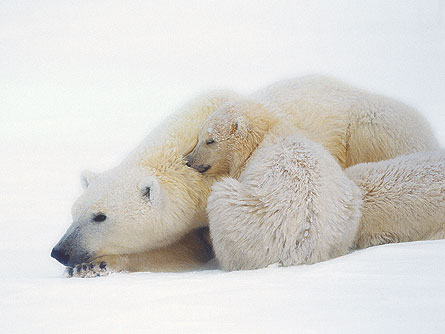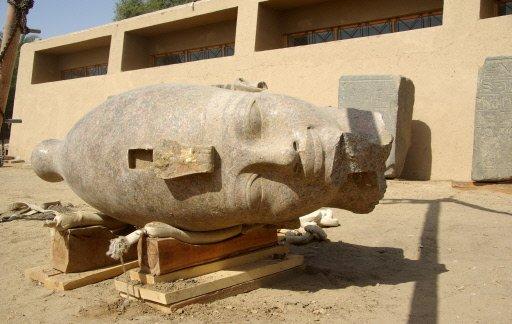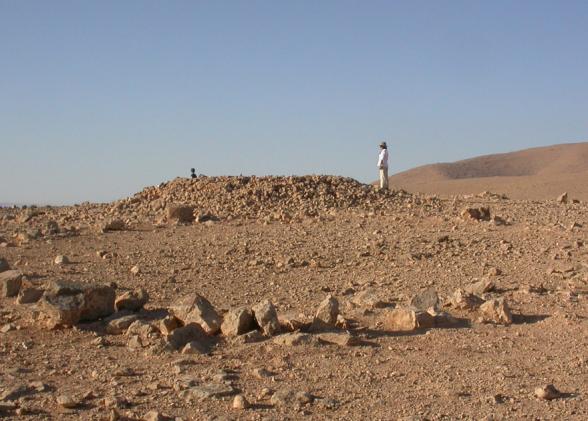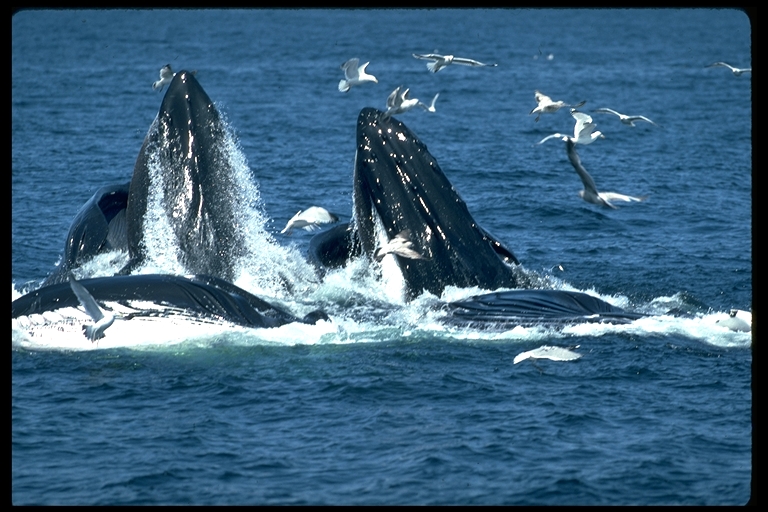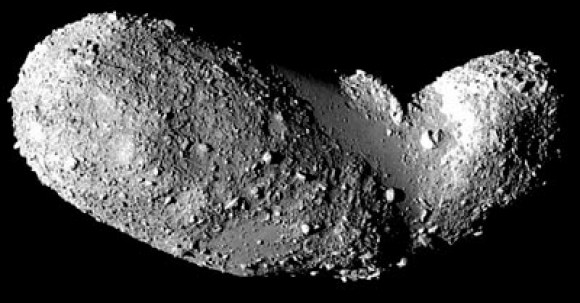
The findings, which appeared in Tuesday's issue of the PLoS Biology journal, provide the first evidence that the 11.5-foot- (3.5-meter-) long snake fed on eggs and hatchlings of saurapod dinosaurs, meaning it was one of the few predators to prey on the long-necked herbivores.
They also suggest that, as early as 100 million years ago, snakes were developing mobile jaws similar to those of today's large-mouthed snakes, including vipers and boas.
"This is an early, well preserved snake, and it is doing something. We are capturing it's behavior," said University of Michigan paleontologist Jeff Wilson, who is credited with recognizing the snake bones amid the crushed dinosaur eggs and bones of hatchlings.
